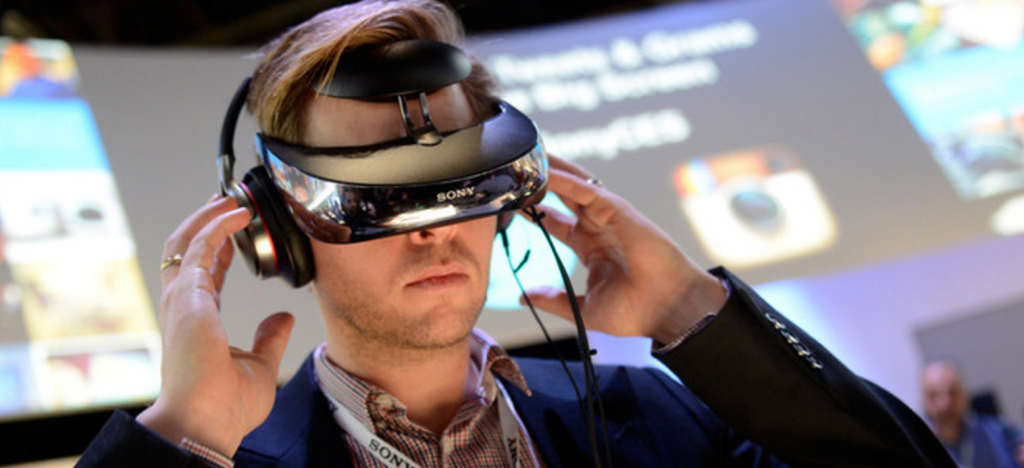Do wearables need their own disruption?

(David Becker/Getty Images)
Digital health came into its own at CES, with 40% more floor space dedicated to the industry this year and a generous collection of health fitness-focused wearables debuting over the course of the week. “If you laid all the wristbands, smart watches, and head-mountable cameras at CES end to end, they would probably run the length of the Las Vegas strip,” said one Guardian reporter.
Wearables emerged as one of the six major themes in digital health funding last year, reaching $136 million, according to the 2013 Digital Health Funding Report. IHS Global Insights estimates that the global wearables market will top $30 billion by 2018, a huge leap from $19 billion in 2013.Tech investors, entrepreneurs, and enthusiasts are throwing their hats in the ring as this not-so-new trend in health technology continues to gain traction. But don’t hold your breath just yet. Creators of wearable technologies, particularly biosensors and fitness trackers, still face a huge barrier: convincing consumers that these gadgets are more than a fleeting craze. However, CES unveiled a host of new trends in the wearable space and 2014 may be the year you actually want a smart watch.
In a recent survey by Accenture Digital, 52% of consumers reported interest in buying wearable devices like fitness monitors to track activity and manage health, 46% were interested in purchasing smart watches, and 42% would like Internet-connected glasses.
Although these numbers are promising, and wearables are becoming inconspicuous fashion items, many wearable companies still struggle to keep users engaged long-term and keep their devices out the back of a drawer somewhere. Do wearables need their own disruption?